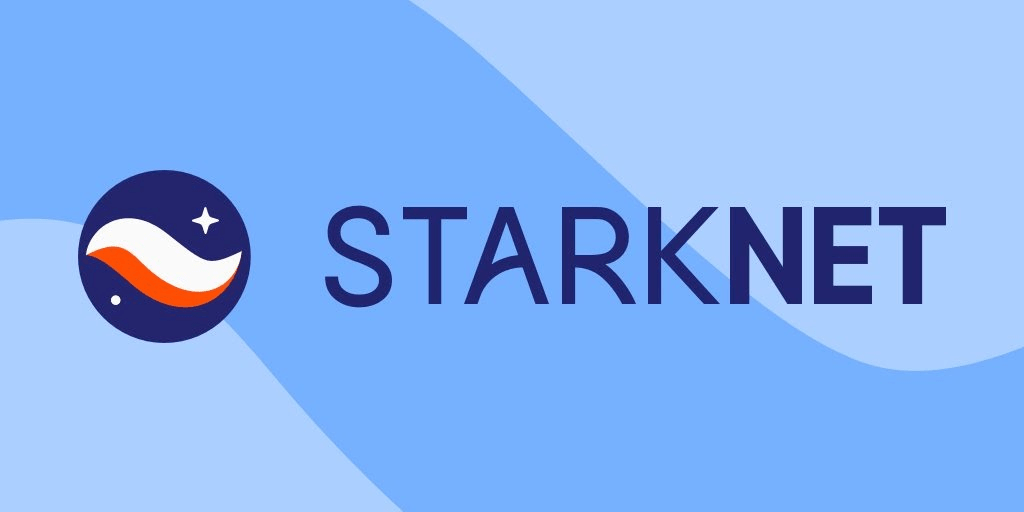Starknet is an open-source framework designed to enhance scalability and privacy for decentralized applications (dApps) built on the Ethereum blockchain.
Starknet has experienced significant growth in usage by various decentralized finance (DeFi) applications on the network in recent months leading to a notable increase in its total value locked (TVL), which represents the amount of cryptocurrency assets secured within the protocol.
At the time of writing, Starknet’s TVL is reported to be about $12 million. This represents a significant ten-fold increase compared to the TVL just 3 months ago.
Total Value Locked (TVL) is a widely used metric in the decentralized finance (DeFi) space. It represents the total value of assets, typically in the form of cryptocurrencies, that are locked or deposited within a specific DeFi protocol, platform, or smart contract.
TVL is used as an indicator of the level of activity and liquidity within the protocol, providing insights into its popularity and the extent to which users trust it with their assets.
How Starknet Scales Ethereum
Starknet, developed by Israeli-based company, StarkWare, enhances the Ethereum network’s performance by enabling off-chain computations and data storage while maintaining the security guarantees provided by the underlying blockchain.
By moving computations off-chain and storing only the necessary data on-chain, Starknet aims to improve transaction throughput and reduce transaction fees. This is achieved through a technology called ZK-rollups, which allows for the aggregation of multiple off-chain transactions into a single on-chain proof. This approach enhances scalability while preserving the decentralized and trustless nature of Ethereum.
“I certainly cannot give any investment advice, but there are many many developers that understand that in order to unleash Ethereum’s scale reaching a global demand, you need new, safe, and battle-tested technologies,” StarkWare President and Co-Founder, Eli Ben-Sasson, said in a recent interview, adding that Starknet is already recognized as a ‘hell of a technology stack.’
Starknet utilizes a layer-2 scaling technique called zero-knowledge rollups to achieve scalability and cost-efficiency. Zero-knowledge rollups bundle numerous transactions together off-chain, known as the data availability layer, and generate a succinct proof that attests to the validity of these transactions. This proof is then submitted and verified on the Ethereum blockchain, known as the execution layer.
JediSwap, a permissionless automated market maker (AMM) is currently the major player in the Starknet ecosystem, commanding over 57% of the TVL, which amounts to more than $6 million.
Starknet is however under stiff competition in the Ethereum layer two market with the likes of Arbitrum and Optimism, for example, commanding TVLs of $2.4 billion and $884 million, respectively. The growth of these two, some of the earliest scaling technologies, comes following swift adoption among DeFi heavyweights on each network, including Uniswap, Aave, and Curve.
Starknet, on its part, points to Cairo, a programming language inspired by Rust, as the key behind its growth. According to Ben Sasson, Cairo is ‘the most modern and best smart contract language out there that developers are flocking to.’
The first @Starknet meetup in Nairobi, Kenya 🇰🇪 #Starknet #Ethereum #zkEVM pic.twitter.com/yeDa6Cxhck
— BitKE (@BitcoinKE) May 20, 2023
Sasson adds that Starknet is scheduled to upgrade to version 0.12 in June 2023 and is anticipated to bring notable improvements, particularly in terms of increased throughput.
____________________________________







